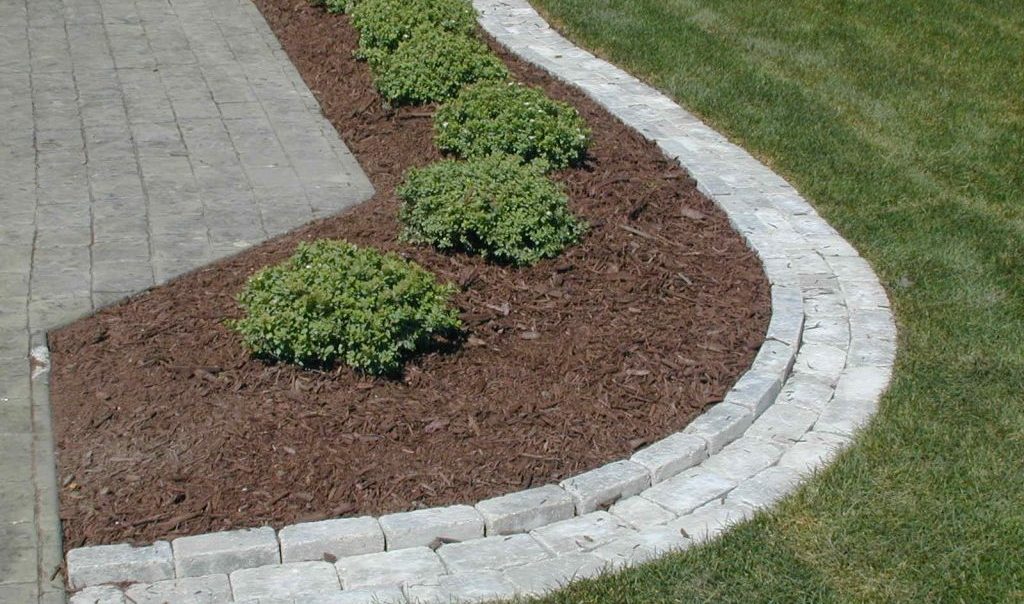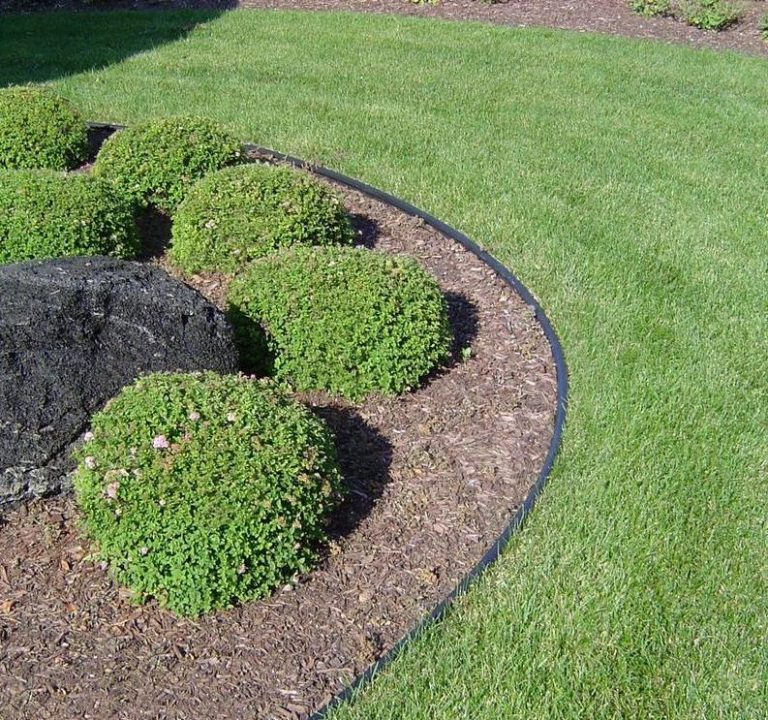Landscape Edgers for Your Lawn Borders
The transition from lawn to other landscapes often requires some sort of border structure. This is to keep materials from contaminating each other, making it easier and safer to mow a lawn, and of course for aesthetics. Here are some easy quick edging techniques you can utilize in your landscaping in Victoria BC.
Interlocking Pavers

One of the most preferred and durable ways to edge your lawn is with interlocking pavers. Pavers are cheap, fairly easy to install, and offer a nice wide surface to walk on if desired. Pavers are also durable meaning they will stand up to the test of time. They are aesthetically pleasing and easy to manipulate into the shape and pattern. Out of all the options they are the only one that comes in a wide variety of satisfying colors.
To install them, care must be taken to prep a flat and stable surface. This means utilizing some angular ¾” gravel under the bricks rather than setting them directly on soil. This will ensure that your edge will not shift nor sink especially when things get wet in Victoria.
First prepare a trench 4-6” below grade. Then fill the trench with about 2-3” of ¾” road base. Compact with a hand tamper as the channel will usually be too narrow for a plate compactor. Following these steps will prevent the pavers from shifting or sinking in the coming years. Once the base is prepared, set the bricks in place and hammer them in with a rubber mallet for additional stability. The final grade of the pavers should be just above that of the lawn so there is no lip and tripping hazards.
Plastic Edgers

Many people choose to go with plastic edgers. These are easy to install, easily malleable into curves and bends, and are the cheapest of the options. They can also be quite sturdy depending on the brand and supplier you have. Plastic edgers offer a clean even edge that is quick to install with little prep needed.
To install these, first dig a trench the width of the edge restraints and ¾ of the its height in depth. Then one only needs a hammer, the edge restraints, and 8-10” metal stakes. Hammer the stakes into the ground every foot or so with more frequency for curved sections. The final grade should be high enough to keep materials such as mulch from overflowing but low enough that it won’t be a major tripping hazard.
Steel Edgers
This is a midway compromise between the durability of using pavers and the ease of install of a plastic edger. The install process is similar to plastic ones using stakes and a hammer. Steel is of course harder to work with in that it’s more difficult to cut as well as bend. Steel can also come in more colors than the typical black one finds for the plastic edgers. The benefit is that you get more durability compared to plastic especially from things like accidental strikes from the lawn mower.
Conclusion
Installing a proper edge restraint helps give definition to one’s landscapes. They also keep materials from mixing such as mulch or rocks from spilling over, causing problems when mowing a lawn. The type of material one uses is dependent on personal preference for style as well as budget and ease of install. While all three are easy to install, the look and feel of each differ widely with one another. As a result, it’s best to look at some pictures before making the final choice on which type to have in your yard.